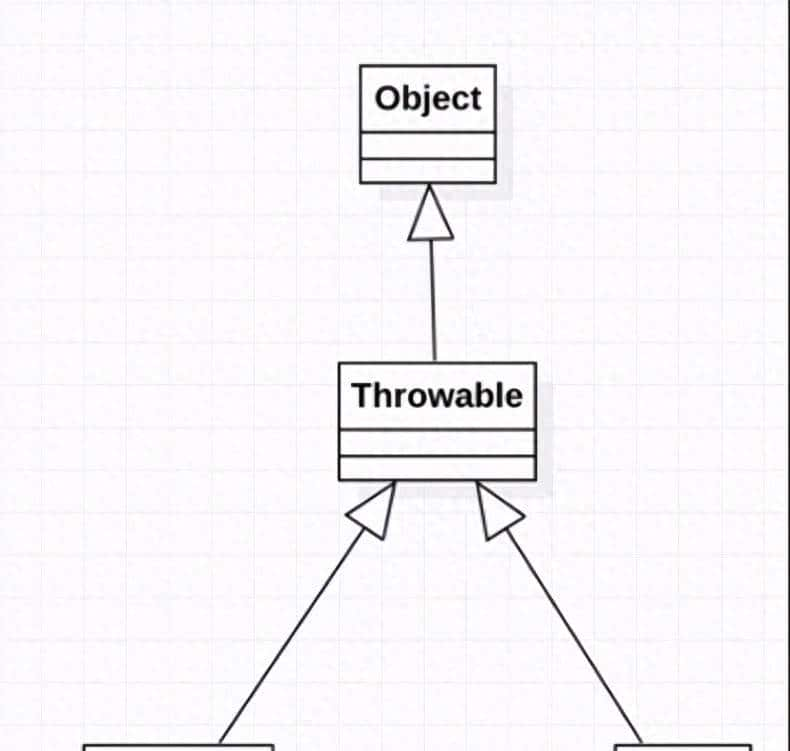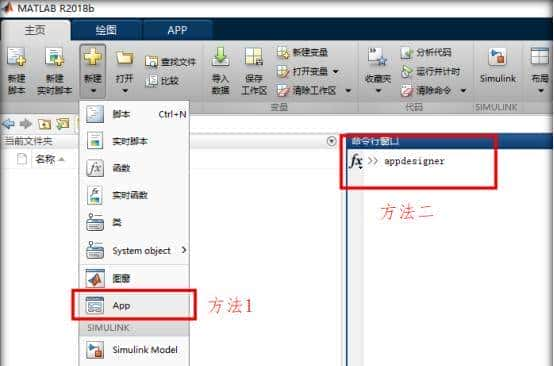JWT官网
https://jwt.io/
这个网站提供了在线的基于不同算法的字符串和JSON对象的转换工具,同时也收集了不同语言的多种实现库。
引入jwt的jar包
<dependency>
<groupId>com.auth0</groupId>
<artifactId>java-jwt</artifactId>
<version>3.8.2</version>
</dependency>
// 可以不用lombok 此处为了用日志@Slf4j
<dependency>
<groupId>org.projectlombok</groupId>
<artifactId>lombok</artifactId>
<optional>true</optional>
</dependency>
jwt生成验证token的demo
package com.example.demo.test;
import com.auth0.jwt.JWT;
import com.auth0.jwt.JWTVerifier;
import com.auth0.jwt.algorithms.Algorithm;
import com.auth0.jwt.exceptions.JWTCreationException;
import com.auth0.jwt.exceptions.JWTVerificationException;
import com.auth0.jwt.interfaces.DecodedJWT;
import lombok.extern.slf4j.Slf4j;
import java.util.Date;
import java.util.HashMap;
import java.util.Map;
/**
* token的工具类
* 使用jwt生成/验证token(jwt JSON Web Token)
* jwt由三部分组成: 头部(header).载荷(payload).签证(signature)
* <p>
* 1.header头部承载两部分信息:
* {
* “type”: “JWT”, 声明类型,这里是jwt
* “alg”: “HS256” 声明加密的算法 一般直接使用 HMAC SHA256
* }
* 将头部进行base64加密, 构成了第一部分
* <p>
* 2.payload载荷就是存放有效信息的地方
* (1).标准中注册的声明
* (2).公共的声明 (一般不提议存放敏感信息)
* (3).私有的声明 (一般不提议存放敏感信息)
* 将其进行base64加密,得到Jwt的第二部分
* <p>
* 3.signature签证信息由三部分组成:
* (1).header (base64后的)
* (2).payload (base64后的)
* (3).secret
* 需要base64加密后的header和base64加密后的payload连接组成的字符串,
* 然后通过header中声明的加密方式进行加盐secret组合加密,构成了jwt的第三部分
*/
@Slf4j
public class TokenUtil {
/**
* token的失效时间
*/
private final static long TIME_OUT = 60 * 1000;
/**
* token的密钥
*/
private final static String SECRET = "123456";
/**
* 生成token
*
* @return String
*/
public static String token(String username, String password) {
String token = null;
try {
Date date = new Date(System.currentTimeMillis() + TIME_OUT);
Algorithm algorithm = Algorithm.HMAC256(SECRET);
Map<String, Object> headers = new HashMap<>();
headers.put("type", "jwt");
headers.put("alg", "HS256");
token = JWT.create()
.withClaim("username", username)
.withClaim("password", password)
.withExpiresAt(date)
.withHeader(headers)
.sign(algorithm);
} catch (IllegalArgumentException | JWTCreationException e) {
e.printStackTrace();
}
return token;
}
/**
* token验证
*
* @param token token
* @return String
*/
public static boolean verify(String token) {
try {
Algorithm algorithm = Algorithm.HMAC256(SECRET);
JWTVerifier jwtVerifier = JWT.require(algorithm).build();
DecodedJWT decodedJWT = jwtVerifier.verify(token);
// 客户端可以解密 所以一般不提议存放敏感信息
log.info("username:" + decodedJWT.getClaim("username").asString());
log.info("password:" + decodedJWT.getClaim("password").asString());
return true;
} catch (IllegalArgumentException | JWTVerificationException e) {
e.printStackTrace();
return false;
}
}
/**
* 测试
* @param args args
*/
public static void main(String[] args) {
String token = TokenUtil.token("admin", "123456");
System.out.println(token);
boolean v = TokenUtil.verify(token);
System.out.println(v);
// boolean v1 = TokenUtil.verify("eyJ0eXBlIjoiand0IiwiYWxnIjoiSFMyNTYiLCJ0eXAiOiJKV1QifQ.eyJwYXNzd29yZCI6IjEyMzQ1NiIsImV4cCI6MTYzMzk0MDI5NywidXNlcm5hbWUiOiJhZG1pbiJ9.-FZ41DVN3ycBhvOCNRcaf3rgoggvFK4gu1XGyH4xgAA");
// System.out.println(v1);
}
}
© 版权声明
文章版权归作者所有,未经允许请勿转载。
相关文章

暂无评论...












